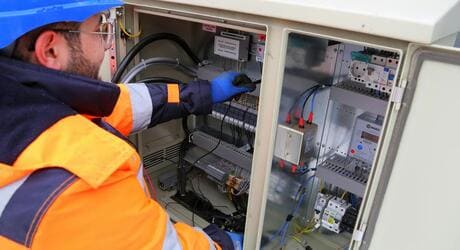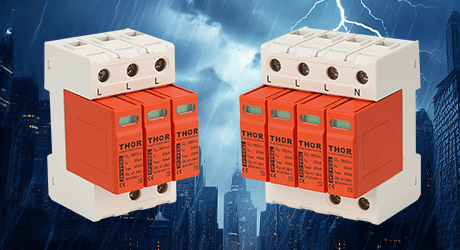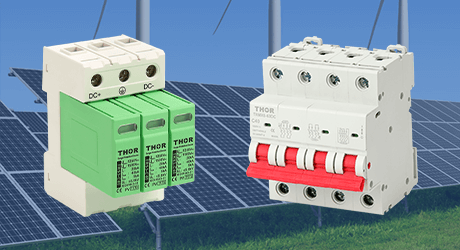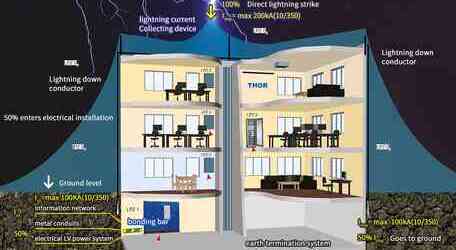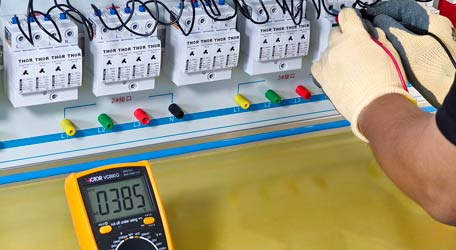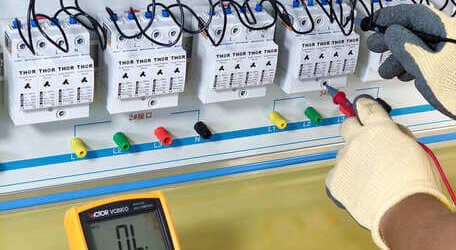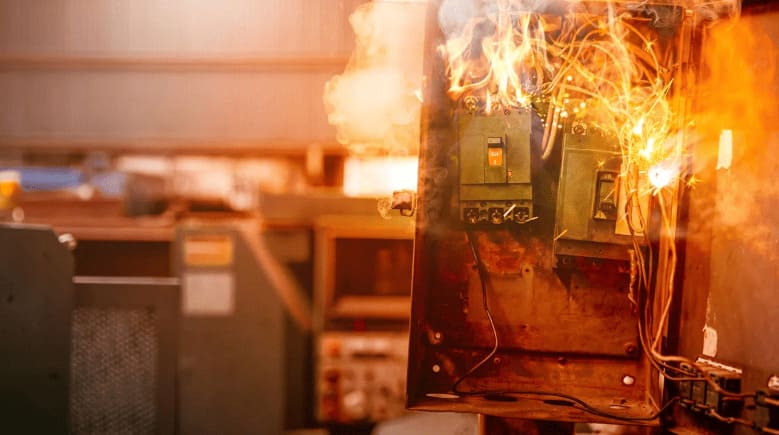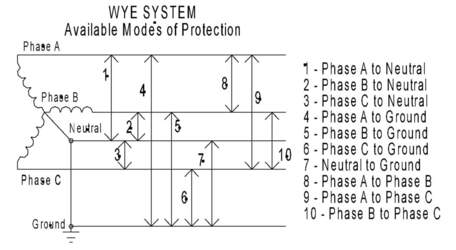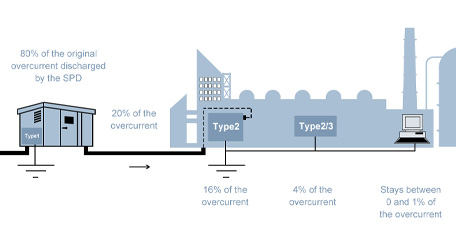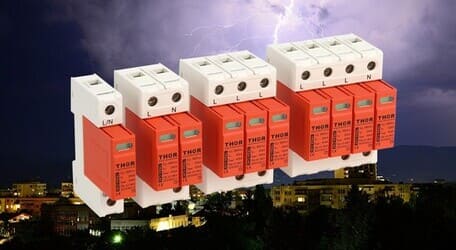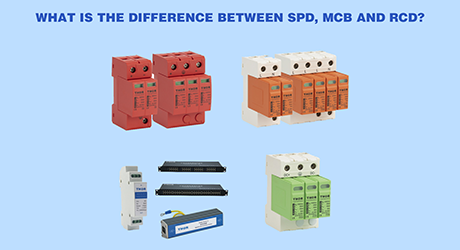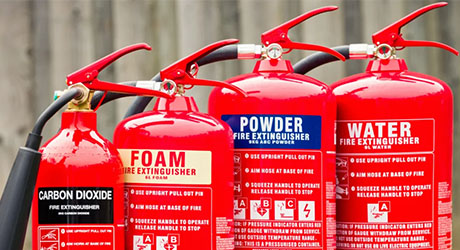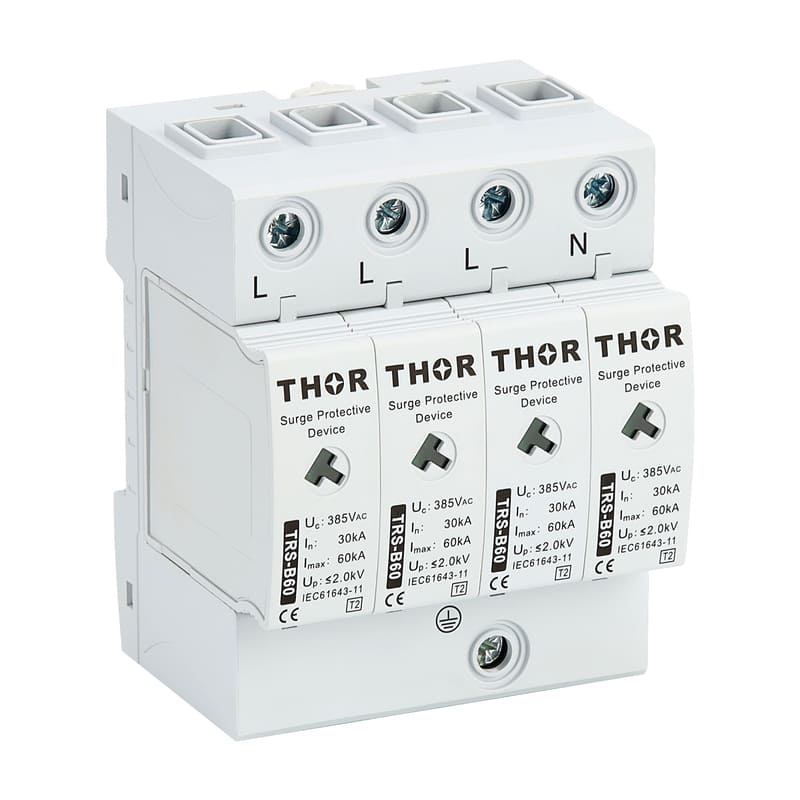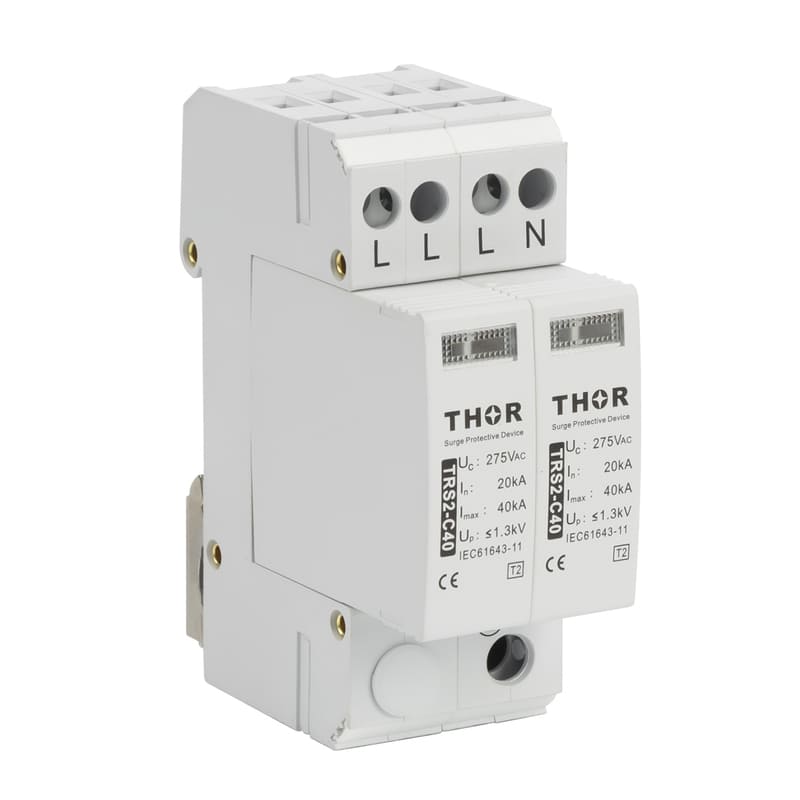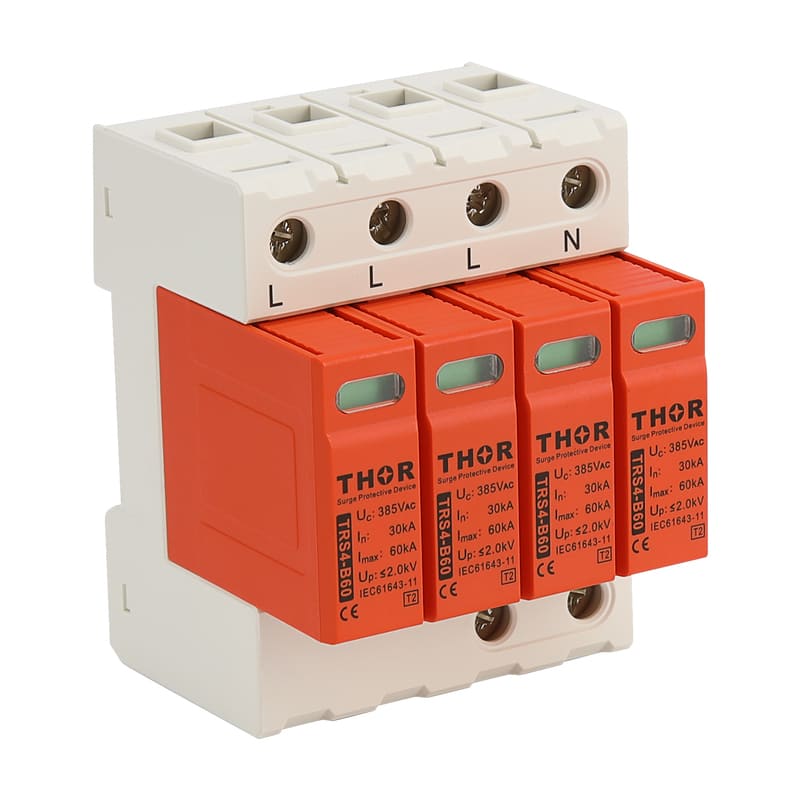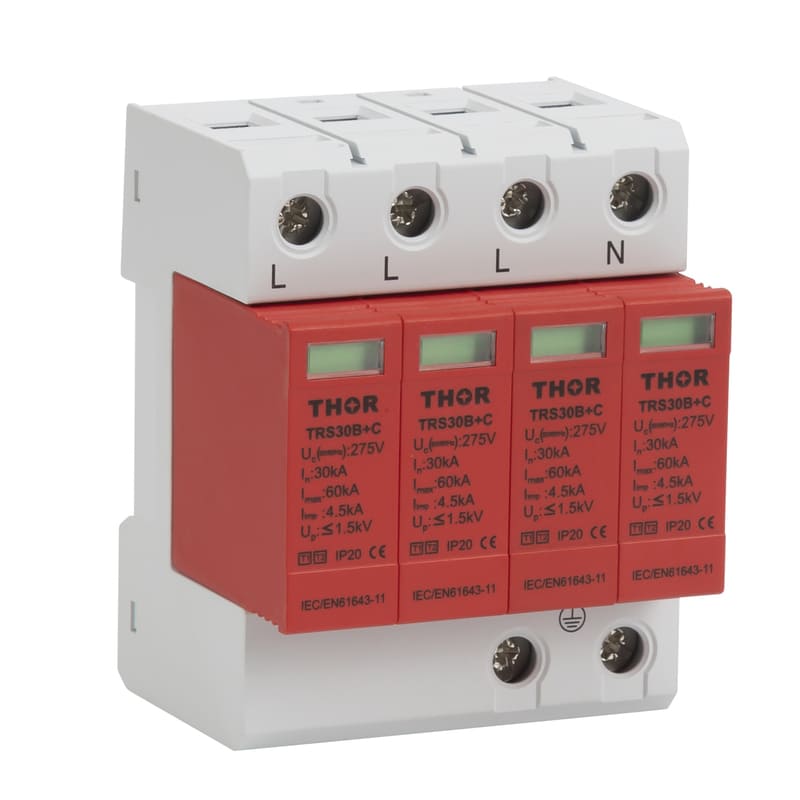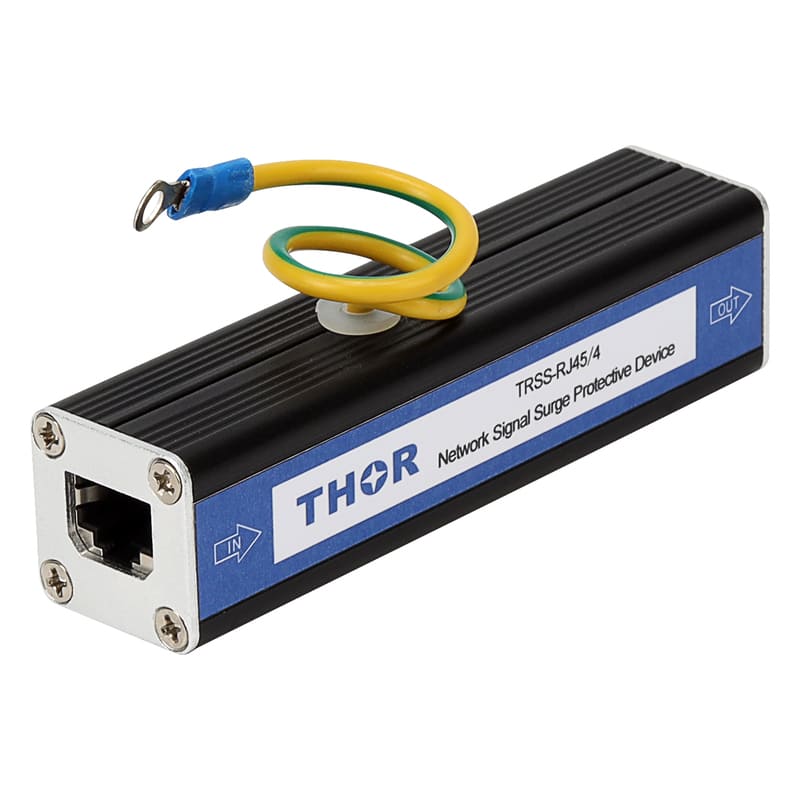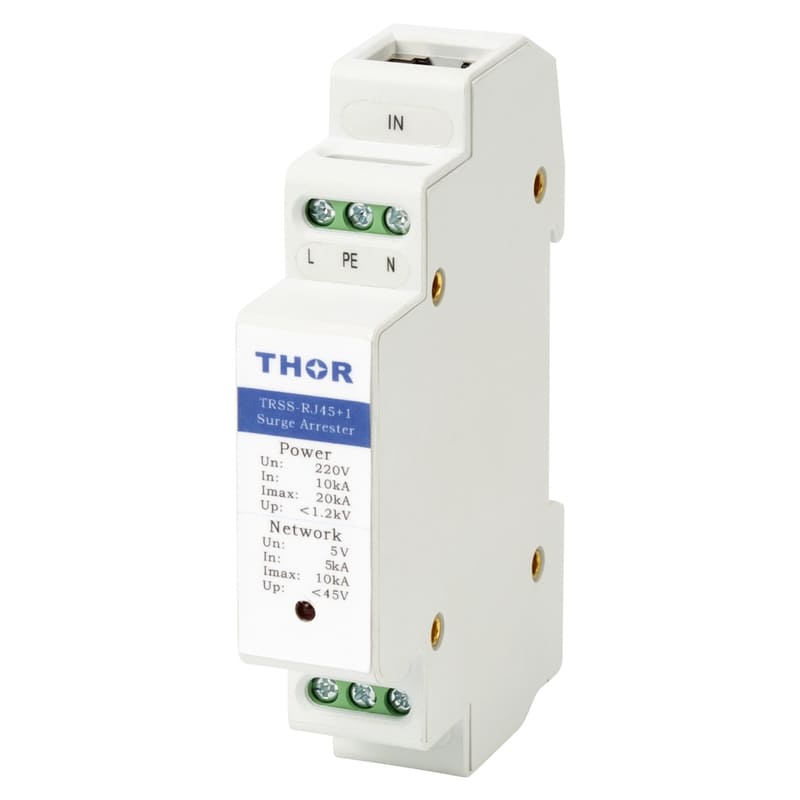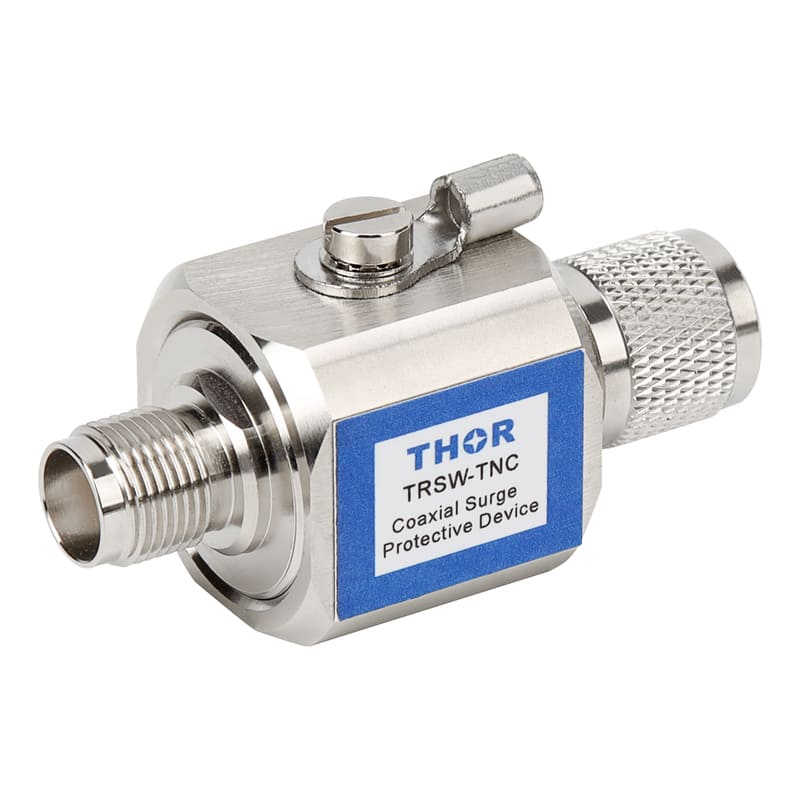Working principle of lightning receptor
In the lightning protection project, the lightning receptor, the down conductor and the grounding body together form a direct lightning strike protection system. The needle-shaped air-termination device, also known as the lightning rod, is a device that directly withstands lightning current and needs to be higher than the protected object. According to the electrical geometric model, the protection range of the air-termination device can be determined by the rolling ball method, and the protection range of the air-termination device can also be determined by the protection angle method.
The working principle of the air-termination device can be understood as: When the thundercloud first leads to the ground and develops, due to electrostatic induction, the ground and the surface of the air-termination device will appear on the surface of the ground and the air-termination device. Due to the tip effect, a large amount of charge is accumulated on a very small area, making the charge density at the tip extremely high, resulting in serious distortion of the electric field on the surface of the tip of the air receptor and the nearby electric field, and a locally concentrated high electric field area appears, making the electric field intensity here obvious. Higher than other areas, even an upward corona current appears, forming an upward leader. Therefore, the space near the air-termination device at a high place has the conditions for early breakdown with the thundercloud's descending leader, so that the leader is guided to itself, so that the lightning strike occurs on the air-termination device, and the powerful lightning current is guided down. The wire and the grounding body leak into the earth, protecting objects from direct lightning strikes. It can be seen that the real function of the air receptor is not to protect against lightning, but to attract lightning, to protect itself from lightning strikes in exchange for the protection of objects below it.

